Whenever people ask me which is easier, knitting or crochet, I always say that I think crochet is slightly harder to learn but that is because you have to learn to read it straight away. A novice knitter can knit away quite happily, always working the next loop on the needle without really having an understanding of how the stitches are made. The beginner crocheter, by contrast, has to know the parts of the stitch before they even begin the second row because they must learn where to place their stitches.
When we are taught to crochet we are taught to insert our hook through both loops at the top of the stitch but there are other options. And these other options open up a range of different effects.
The front and back loops are relative to how you look at it. So the front loop is always the one closest to you regardless of whether you are looking at the right side or wrong side of the stitch.

The hook is pointing to the front loop of the stitch. If a pattern wants you to work into just this loop you will see the abbreviation FLO – front loop only.
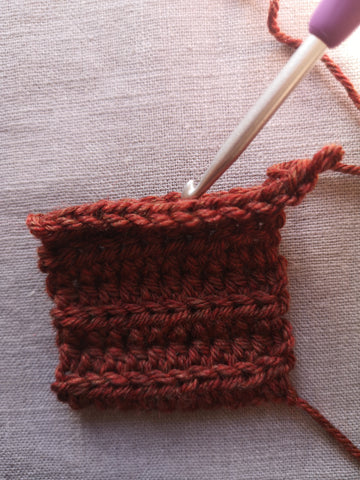
The hook is pointing to the back loop of the stitch. If a pattern wants you to work into just this loop you will see the abbreviation BLO – back loop only.

To work into the back loop simply slide your hook under only that strand of the stitch.
When the stitch is completed it will look like this.
Be very wary when you are working into the wrong side of a half treble stitch as it has a row of horizontal strands that look like the back loop.

This is actually called the third loop and it is possible to work into this – it creates a stitch called camel stitch.
Working in only one loop of the stitch is a great way to create a clean dividing line between colours when you change colours between rows.

the above photo illustrates it nicely with the right hand side of the row being worked through both loops and the left hand side being worked through the back loop only. You can see the left side has a much cleaner line between the colours.
Working stitches into the back loop of every row is often used in crochet garments. At a tight tension it creates an elastic ribbed fabric that has a lot of stretch and some ability to return to its original shape. Worked at a standard or looser tension, using only one loop of the stitch creates a fabric with greater drape as you have slightly loosened the bond betweeen the rows of stitches.
This tutorial was written by Joanne Scrace and originally published in love crochet magazine. It is reproduced with permission.


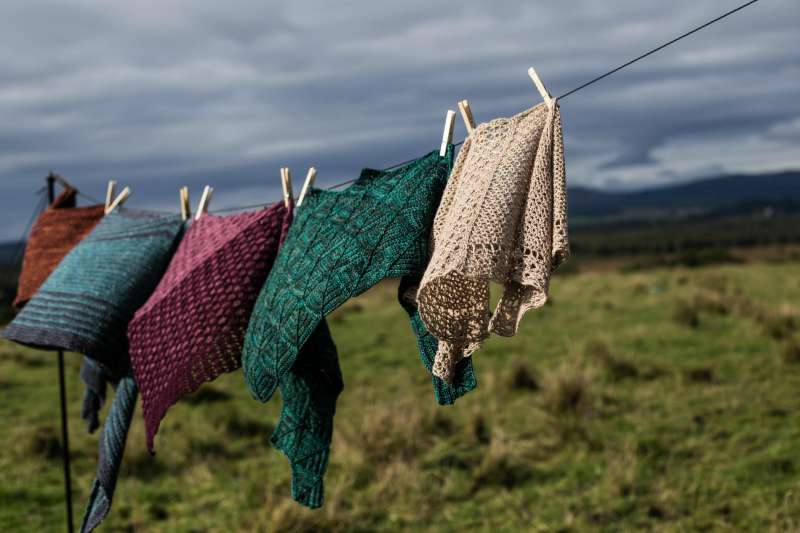
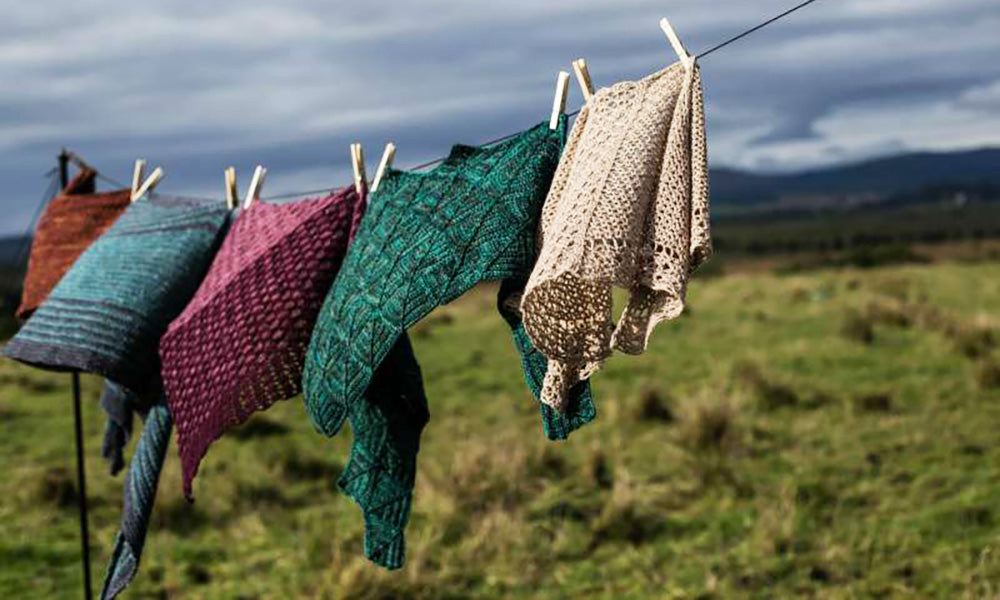
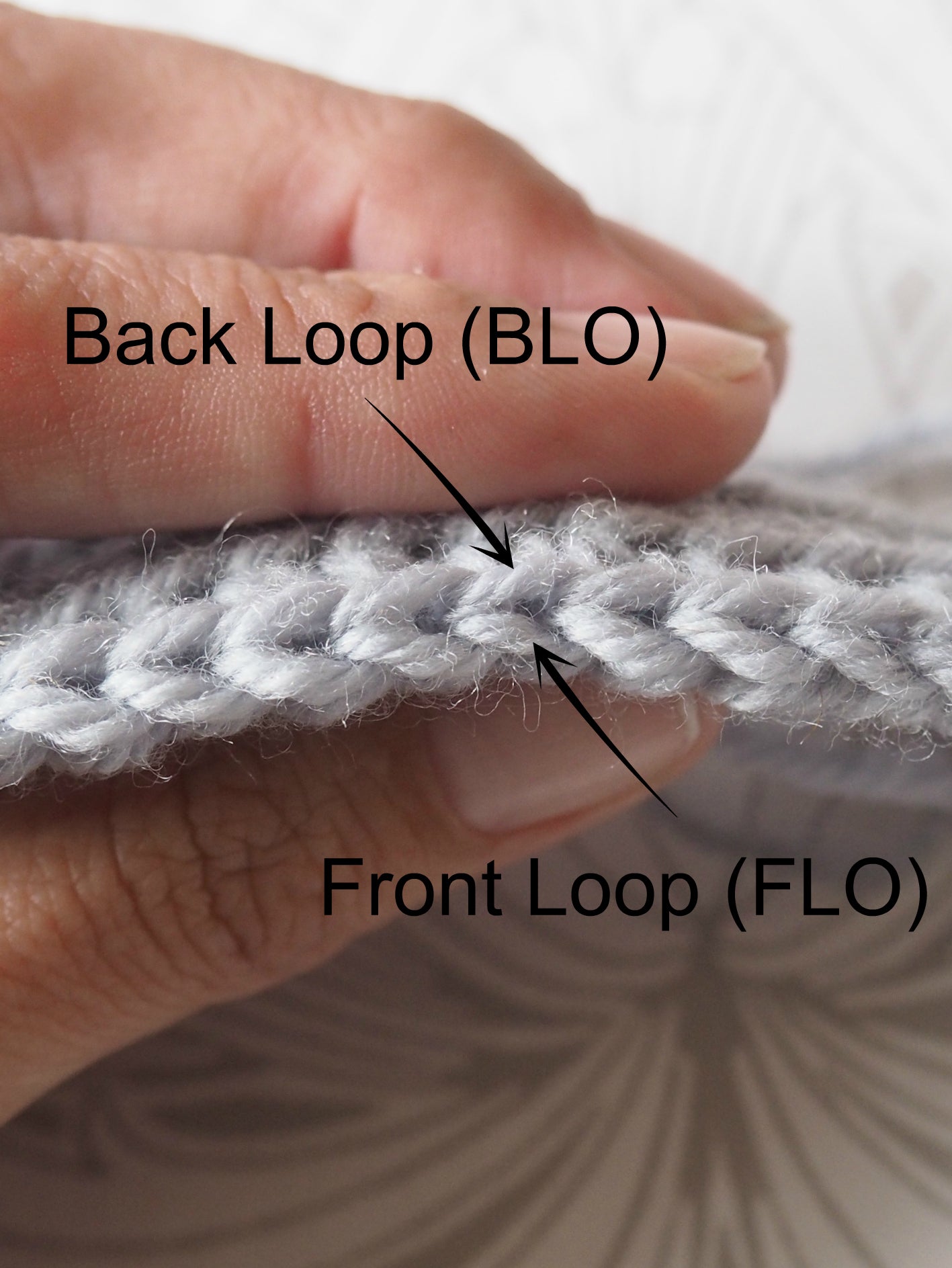
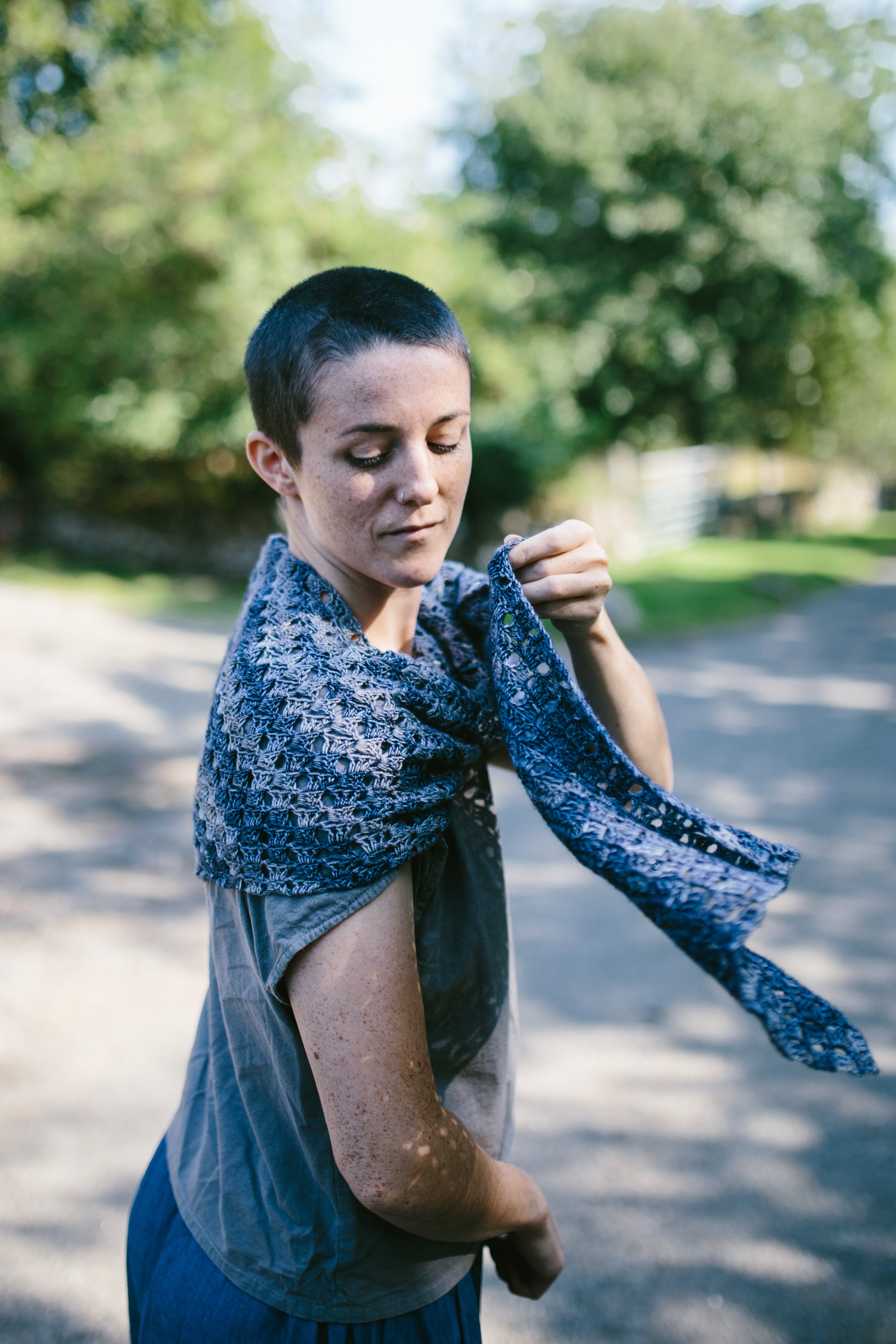
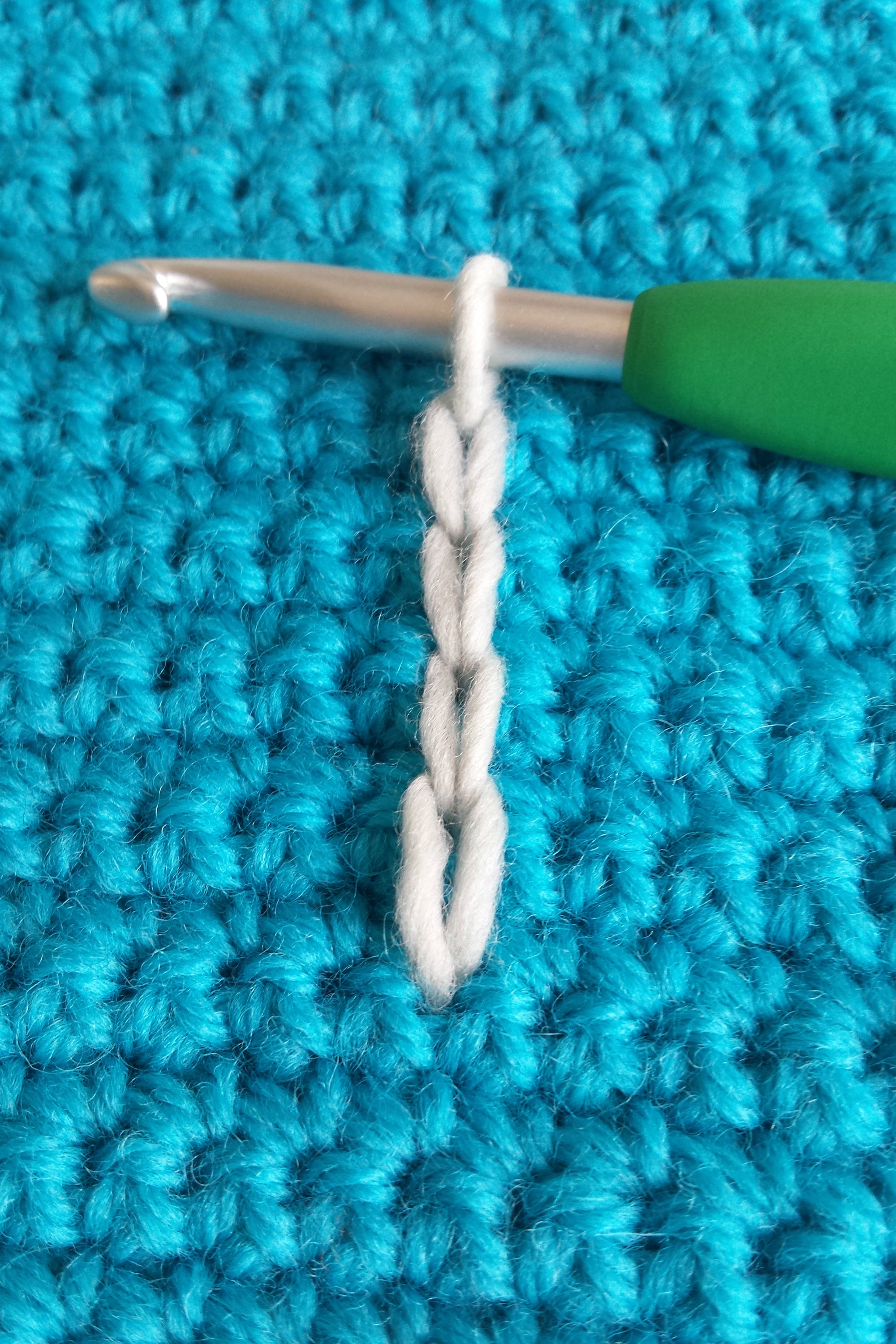
Leave a comment
All comments are moderated before being published.
This site is protected by hCaptcha and the hCaptcha Privacy Policy and Terms of Service apply.